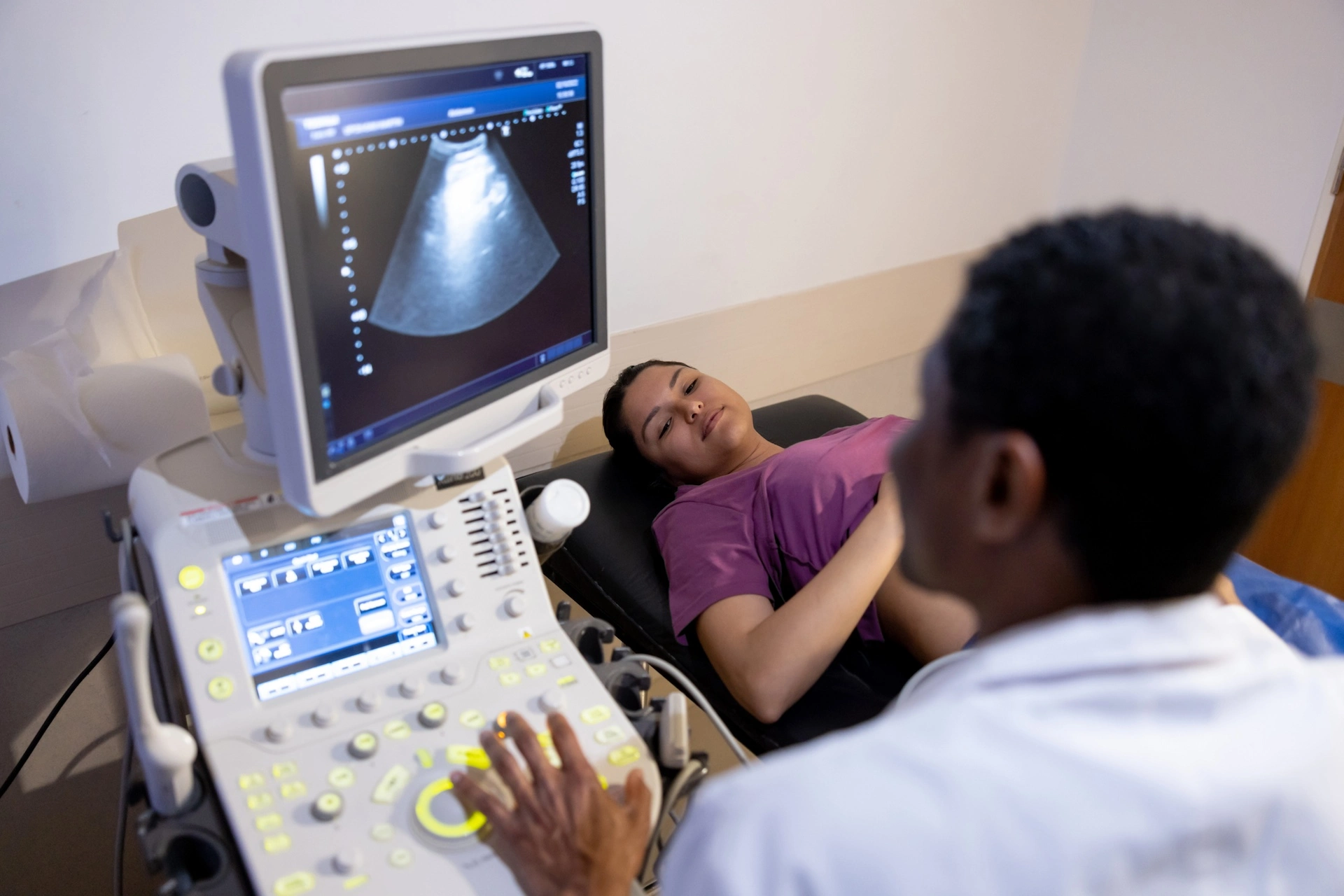Doctors in Kaiser Permanente’s neonatal intensive care units (NICUs) can use an innovative online calculator to determine whether preterm and newborn babies are at risk of sepsis—a life-threatening systemic infection—thanks to robust data sets maintained by the Division of Research (DOR).
“Prior to the online sepsis calculator, a maternal fever of 100.4 or higher meant a trip to the NICU regardless of how a baby looked, or other risk factors,” explained DOR research scientist Michael Kuzniewicz, MD, MPH.
“That meant separating the mother and baby, starting an IV, and putting the infant on intravenous antibiotics.”
DOR scientists and Kaiser Permanente clinicians developed an algorithm for the calculator based on years of information on the vital signs of mothers and babies who did develop sepsis.
“Now we can be smarter on which babies we identify to evaluate and treat for infection,” Dr. Kuzniewicz said.
Gathering Data on Babies
The sepsis calculator is just one example of how big data is helping to improve the quality of care for Kaiser Permanente’s smallest members.
Every year, the Northern California Region provides care for 35,000 newborns and 350 very low birth weight infants under 1,500 grams (3 pounds, 5 ounces). Since 1993, the DOR has been collecting demographic and clinical data on every infant born in the region, which currently amounts to more than 800,000 records. In addition, another data set aggregates information on infants admitted to NICUs—currently over 50,000 records.
“No single hospital could possibly do that,” said Allen Fischer, MD, regional director of Neonatology. “The staff and resources at the DOR to collect, collate, report, and analyze data and put it in a presentable format—so that the clinicians can plan their quality activities—is indispensable.”
Significant Improvements
Systemwide health care improvements for newborns and preterm infants made possible in recent years by the neonatal data sets include:
- The identification of effective strategies to reduce dangerous bowel infections in preterm infants (called necrotizing enterocolitis)
- Reductions in the number of days infants spend in the NICU
- Fewer blood-stream infections associated with central intravenous lines
- Greater percentages of high-risk infants born at Kaiser Permanente facilities with high-level NICUs, eliminating the need for infant transport
Statewide Benchmarks
Kaiser Permanente Northern California was one of the original members of the California Perinatal Quality of Care Collaborative, founded about 10 years ago to collect data, develop quality benchmarks, and monitor hospital performance. With records going back to the 1990s, the region’s neonatologists have been able to make effective use of the data.
“Over the last four years, with a committed approach and annual review of our performance, we have reached the point where, for example, our hospital-acquired infection rate for Kaiser Permanente’s Northern California NICUs together are at the top levels in the entire state, when compared to other groups of hospitals working together,” Dr. Fischer noted.
The data sets were started by research scientist Gabriel Escobar, MD, regional director for hospital operations research for the region. Their initial purpose was to keep track of NICU infants so that they could be invited to reunion parties.
“That was their first use, but of course many clinical and research uses followed,” said Dr. Kuzniewicz, who took over management of the data from Dr. Escobar in 2010. “Neonatologists may be considering changes in practice. We can look at the data to inform their decisions.”





This Post Has 0 Comments